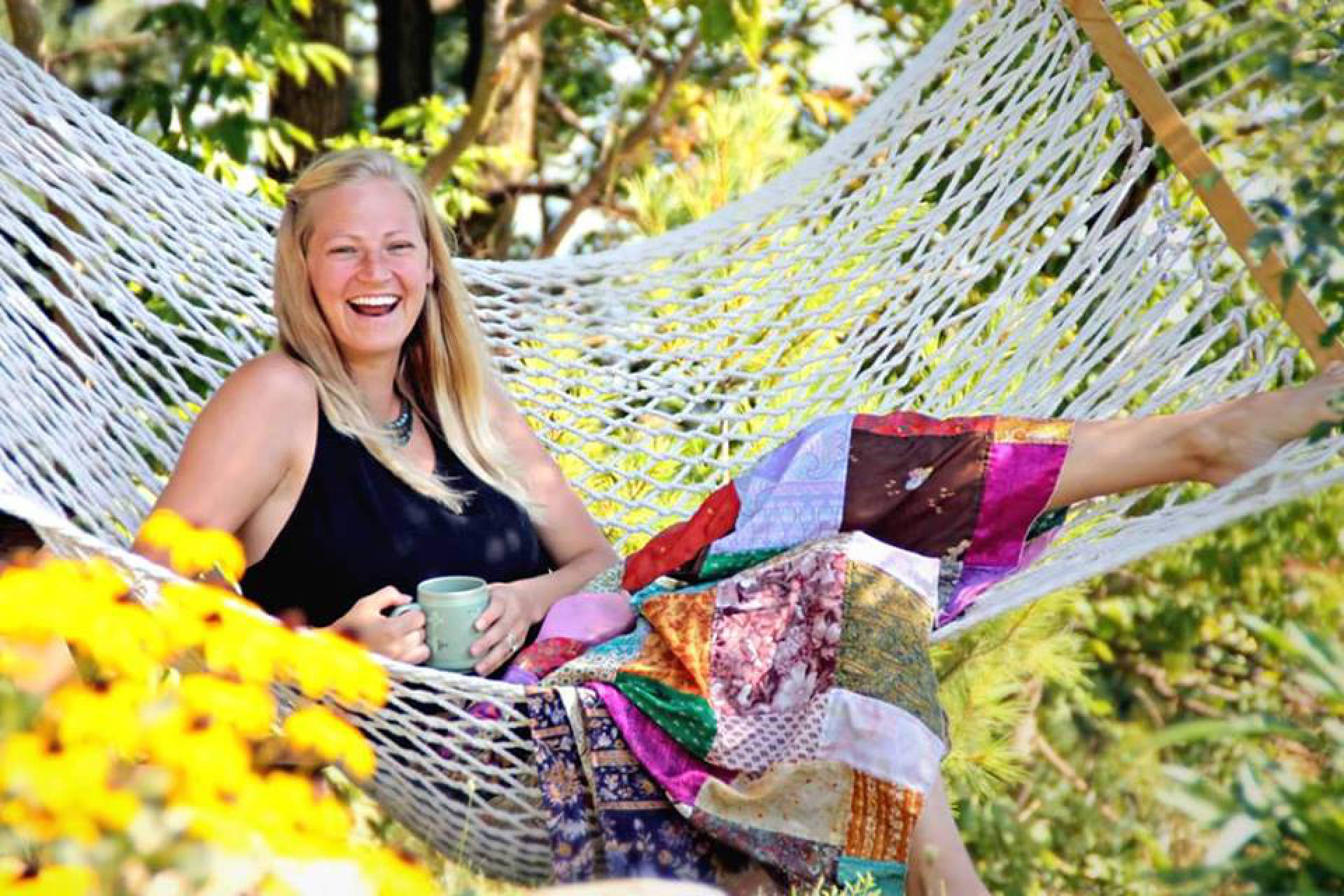One woman’s story about how harmful ingredients in children’s personal products inspired her to make a change.
Abby Songin has always considered herself a healthy person. Her parents encouraged her local shopping habits and meal preparation techniques from a young age. “I had a general idea of what was good for my body and what clearly was not,” Songin says.
She takes her fitness seriously; she played basketball at an elite level and received an athletic scholarship to Canisius in Buffalo, New York. After graduating, she played professionally in Germany for a year.
Then she returned home and started a family.
The mother of two found herself raising young kids at a time when the terms “natural” and “organic” were growing in popularity. And as she looked to instill strong nutritional values in her children, she started paying more attention to ingredients on other items on her shopping list, such as shampoo, lotions, and makeup. It wasn’t just what she was applying to her own skin that frightened her; it was the toxins she started to notice in products marketed for children.
A Mom on a Mission
“From the first time I looked up the ingredients in my kid’s bath wash, I knew I was in for a serious wake up call,” says Songin. “Terms are being slapped on labels to make a product look more natural and organic, yet it still contains ingredients that prove otherwise.”
The ingredient ‘fragrance’ alone should set off warning signs galore, and yet it goes by unnoticed. This is because fragrance formulas are protected under federal law’s classification of trade secrets and can therefore remain undisclosed. The truth is, synthetic fragrances are engineered scents that may contain any combination of 3,000-plus stock chemical ingredients, including hormone disruptors and allergens.
Suddenly, Songin started thinking twice about the products she once considered safe for her family. “To think that a baby product can be listed as safe, and even ‘gentle as water,’ but yet include known carcinogens is quite the contradiction,” she says.
It was time for a change. Gone are the days of drinking organic juice from her juicer before turning around and scrubbing her hands with chemicals.
Songin started purchasing from, and eventually became a consultant and educator with, a safely formulated company called Beautycounter, which was born in the U.S. and recently extended the reach of its products across the border. Like the founder of the company, Songin is a mom on a mission, eager to get safer products into her own home as well as into the hands of her family and friends.
Say Good-Bye to Unsafe Personal Products
The facts really are frightening. Did you know it takes only 26 seconds for products applied to the skin to be absorbed into your bloodstream? “When these ingredients – chemicals, known carcinogens – enter our bloodstream, they are interfering with hormones, your endocrine system, and may contribute to infertility and/or cause birth defects,” says Songin.
This is alarming for any individual, but especially someone like Songin who was diagnosed with Graves disease in 2014 – an immune system disorder resulting in the overproduction of thyroid hormones.
“On average, a woman uses 12 products in a day. Each one of those can contain hundreds of chemicals,” she says. “What’s even more disturbing is that over 200 synthetic chemicals are found in the cord blood of newborn babies.”
Now, nearly 18 months after her diagnosis, Songin feels confident those hormones are no longer being mimicked by the ingredients found in her personal care products.
How to Make a Change
Understanding product labels can be challenging – most of us don’t have hours to research ingredients, nor do we possess a PhD in biochemistry. Fortunately, there are some tools at your disposal to make it easier. EWG’s Skin Deep Cosmetics Database offers the ability to discover the safety ranking of over 6,000 products. The site ranks each product on a scale of one to 10, with 10 being the most harmful.
Beautycounter has created a helpful “Never List” featuring a quick summary of harmful ingredients to avoid. Songin advises keeping a copy in your wallet and relying on it the next time you reach for shampoo, face cream or tinted moisturizer. It’s also useful for finding safe soap and laundry detergent.
And once you start making a change, you’ll notice the benefits. “As you ditch harsh chemicals, you may find you will also leave behind redness and dryness,” says Songin. “Your nose will thank you, too. A lot of times artificial scents are used to cover up a chemical smell, resulting in allergies and headaches.”
A New Career Path
For Songin, the feat of increasing education and awareness around toxic beauty products is no longer just a passion; it’s a career path. “Never did I think that after getting a master’s degree I would end up selling beauty products,” she says. “But I am glad I have.”
She adds that maybe it was because of her millennial instincts she refused to give up time spent for herself and with her family to work a 9-to-5. “I encourage anyone who has even a little curiosity to check into this opportunity,” she says, highlighting the flexibility, room for growth, and power to positively affect the health of others.
Plus, it’s a chance to be your own boss. “We’re given a map, but we’re sailing our own ships. It’s empowering.”

